Mushrooms have proven to be the unsung heroes in the fight against climate change.
Multiple studies and innovators have shown that they are smart social beings. They are intelligent in the sense that they can trade with plants for food, communicate with each other, and act as messengers between plants in a forest.
Mushrooms are characterized by vital properties that make them a perfect solution to several modern-day demands. We have compiled a list of such areas where mushrooms are being used today, which is not only providing value but is also sustainable.
Packaging
The properties we look for in packaging material are support, strength, cushioning, light, and damp-proof. Today, the packaging industry largely uses polystyrene, thermocol, plastic films, paper, and cardboard.
With the growing number of home deliveries, it has become a wasteful practice. Even if we consider the ideal situation of segregation and recycling, these packages eventually end up in a landfill.
Innovators have found that mushrooms not only fulfill all the criteria to help us develop an ideal packaging material but are also biodegradable and can be used as a natural fertilizer after their purpose has been fulfilled. Imagine the amount of bubble wrap and thermocol the humble mushrooms can eliminate from landfills.
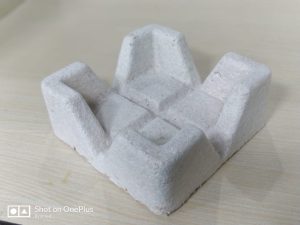

Delhi-based startup Dharaksha has developed biomaterials using mushrooms that can eventually replace thermocol as packaging material at the commercial level. The manufacturing process uses agricultural waste or sawdust as raw material. Hence solving two problems at once.
Change Started has spoken to Dharaksha founder Arpit Dhupar about his motivations for starting this company; you can read it here.
Netherlands-based Grown Bio has also developed mycelium packaging that can replace styrofoam and is biodegradable.
The challenge this industry faces right now is pricing. Plastic and thermocol packaging has high market penetration because it is cheap and highly versatile. However, companies are optimistic about giving strong competition to cheaper materials like cardboard and even thermocol once the manufacturing operations scale.
Furniture
With the advent of fast fashion, fast furniture has also become a trend. Modern-day furniture is marketed as lifestyle products that reflect one’s individuality and instill a sense of pride. This mirage of fulfillment lures people to keep buying the latest furniture despite offering no value addition.
With the rise of disposable income and the proliferation of small urban households, the global furniture market is predicted to be worth more than $1 trillion.
Consequently, more and more furniture is adding to the height of landfills. Moreover, the demand for lightweight and cheaper furniture has led to harmful practices like low-quality wood substitutes and the use of rapid dry synthetic glues, polishes, and dyes, most of which materials are non-recyclable. The chemical treatments are harmful to the environment as well as the humans using them.
Furniture made from mushrooms has a negligible impact on the environment. It is done by growing a mycelium strain on a precast filled with substrate. The growth of the mycelium network on the organic substrate acts as a strong glue to hold it all together, hence eliminating the use of synthetic glue. Additionally, their smooth, natural, finished surface does not need external polishing or chemical treatment.
The prototypes of home accessories like lampshades, planters, stools, temporary partitions, shelf are all over the internet. It has commendable water and fire resistance. Given the hydrophobic nature of mushrooms, innovators have also designed wall tiles from it. Few architects are experimenting with its structural integrity as bricks and columns.
Despite being far from ideal, mushroom furniture seems a promising area of inquiry for designers and architects worldwide. The unique selling proposition of this material is that it can be grown abundantly from waste.
Vegan Leather
Leather has been a part of fashion for all classes of people. Often, the belt, the footwear, and the purse are priced possessions for people. But it comes at a cost to the environment. With increasing demand, cows are raised in farms for beef and leather. It has high water consumption and is responsible for more than 10 percent of greenhouse gas emissions.
While there are proponents of minimalist fashion, fashion is intrinsic to humans. It is a way of expressing culture and individuality and instills creativity and confidence. Leather is among the popular choices as it offers sturdiness, durability, and a shiny finish.
Vegan leather made with mushrooms allows us to achieve all these qualities at a lower environmental impact. Leather’s durability comes from its dense enmeshment of fiber structure, which is also mimicked by mushrooms’ mycelium structure.
While cows have been raised in resource-intensive farms for years, mushrooms can be grown in vertical farms in less than a couple of weeks.
Meat Alternative
Mushrooms have been a food source since immemorial, and many cultures have made cuisines using mushrooms. In recent times, mushrooms have emerged as an alternative to the meat industry, which has created many problems for the planet.
Food processing companies that do industrial farming and packaging of meat lead to high carbon emissions. They also need vast land for animal rearing and hence have been causing deforestation. Recently, the world’s top three biggest meat suppliers have been accused of illegal deforestation in Brazil’s Cerrado.
While awareness of veganism is spreading, the taste of animal-based meat is far from fading. Alternative and plant-based meat is the solution.
New York-based MyForest Foods makes bacon made from mushrooms, which, as they claim, is high in fiber and has the same protein content as regular bacon. It is made of aerial mycelium, a large slab cut into thin slices, compressed, and fried. In addition, bacon made with mycelium is seven times cheaper and uses only a fraction of water compared to bacon from animal agriculture.
Colorado-based Meati Foods is another company making alternative meat products using mycelium. We are already witnessing a rise in the demand for plant-based meat worldwide, and with more attention and research, mushroom meat will surely reach our plates.
Construction material
Concrete is the second most used material after water. Its popularity stems from its versatility, strength, and availability of raw materials. Concrete is a mixture in which a binding material (cement) glues filler material (sand and stones).
Another use of mushrooms is their applicability as a binder.
Despite a few inspiring demonstrations by designers and architects like The Growing Pavillion, building completely made up of mushrooms is still a utopian dream. The formula currently uses waste as a substrate for the mycelium network to grow in a precast. This waste is agricultural waste or sawdust, which decomposes over time. Hence, the mushroom panels will lose their structural integrity.
The USP of mushroom material, however, is not its durability but its short life. It returns to nature within a few months and, in some cases, even a few weeks. For many, housing is a large investment that most wish to make once in a lifetime. Hence, mushrooms might not be as useful. However, areas where mushroom construction will be best used are temporary and fast construction.
Temporary towns are built all around the world all the time. Disaster rehabilitation centers, large-scale congregations like Kumbh Mela, big fat weddings, and exhibitions. Imagine how all the buildings can be left behind to run their course and die naturally once their purpose has been served.
Wrapping up
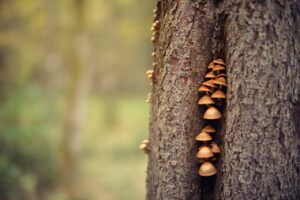

Mushrooms have been used in many other areas, be it medicine, biofuels, water filtration, bioremediation, or livestock feed. The possibilities of the use of mushrooms are endless.
Mushrooms are the fastest-growing food worldwide and can be grown much more efficiently than other resources. They need less land and water and feed on organic waste that would otherwise go to landfills.
Exploitative agricultural practices have caused environmental degradation. While mushrooms relieve the land of producing limitless raw materials for our needs, they can also boost soil health through processes like mycorrhizal symbiosis.
What makes mushroom products a star product is that they involve growing a resource rather than depleting one
The article is contributed by Ankit Sahu.

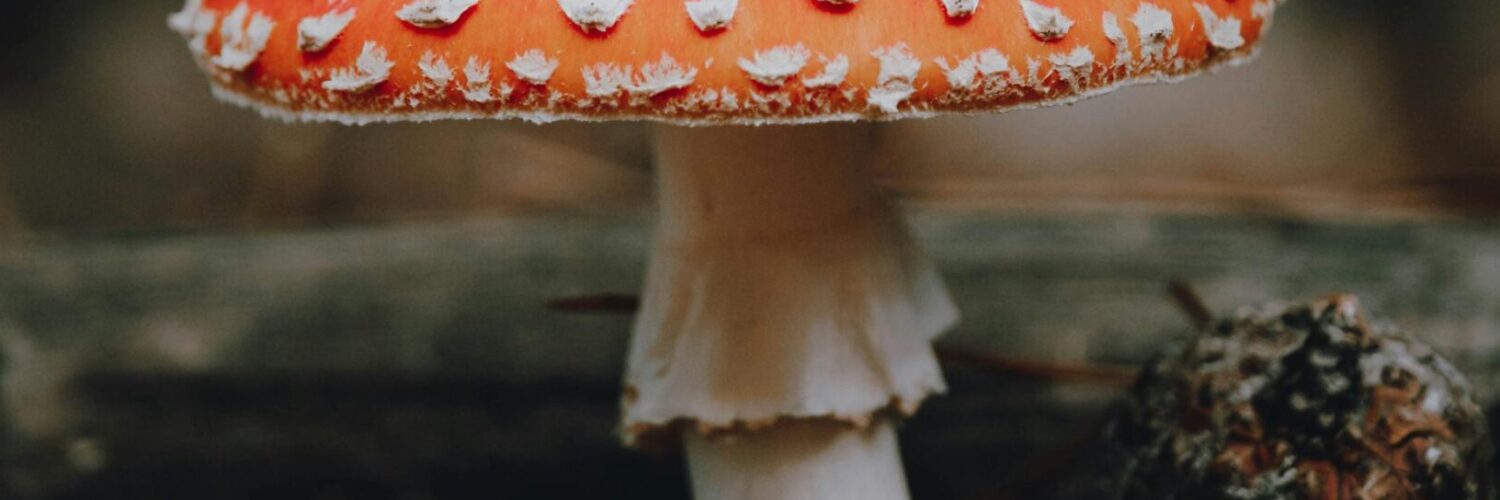

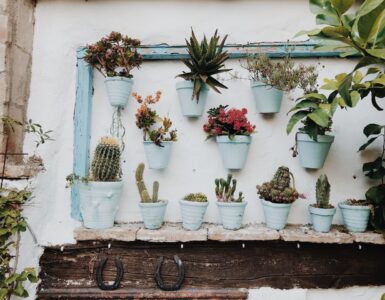
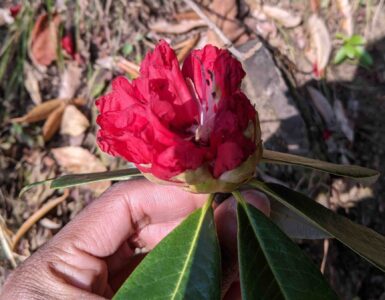

Add comment